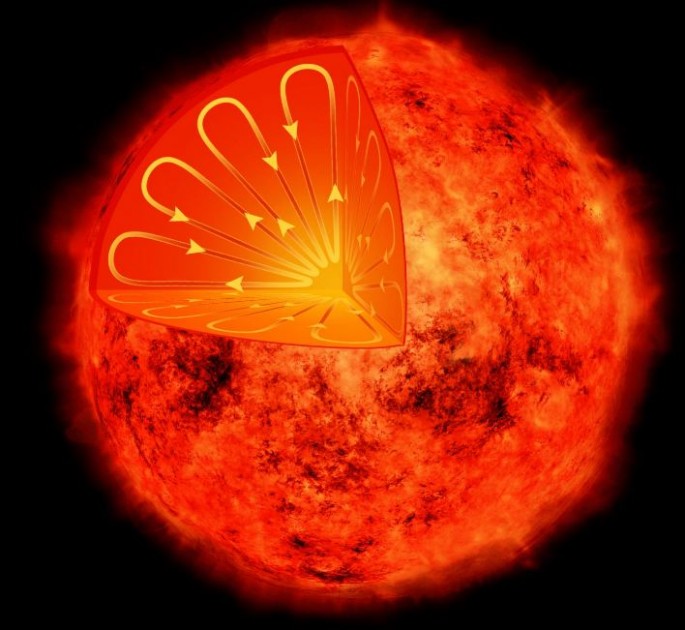Scientists have discovered that Proxima Centauri, a small low-mass star, about 4.25 light years from the Sun in the constellation Centaurus, might be more sun-like than previously thought despite its being a red dwarf.
What led to this conclusion is the sunspot activity on Proxima Centauri. A new study finds that Proxima Centauri undergoes a similar cycle, but one lasting seven years from peak to peak. Our Sun experiences an 11-year activity cycle.
Proxima Centauri's cycle is much more dramatic, however. At least a full one-fifth of the star's surface is covered in starspots (sunspots to Earthlings) at once. Also, some of those starspots are much bigger relative to the star's size than the spots on our Sun.
"If intelligent aliens were living on Proxima b, they would have a very dramatic view," said study lead author Brad Wargelin of the Harvard-Smithsonian Center for Astrophysics (CfA).
Proxima Centauri is a small, cool, red dwarf star only one-tenth as massive and one-thousandth as luminous as the Sun. Astronomers were surprised to detect a stellar activity cycle in Proxima Centauri because its interior is expected to be very different from the Sun's.
The outer third of the Sun experiences a roiling motion called convection, similar to water boiling in a pot, while the Sun's interior remains relatively still. There's a difference in the speed of rotation between these two regions. Many astronomers think the shear arising from this difference is responsible for generating the Sun's magnetic activity cycle.
In contrast, the interior of a small red dwarf like Proxima Centauri should be convective all the way into the star's core. As a result, it shouldn't experience a regular cycle of activity.
"The existence of a cycle in Proxima Centauri shows that we don't understand how stars' magnetic fields are generated as well as we thought we did," according to Smithsonian co-author Jeremy Drake.
The study does not address whether Proxima Centauri's activity cycle will affect the potential habitability of the exoplanet Proxima b, an Earth-sized planet in its habitable zone.
"Direct observations of Proxima b won't happen for a long time. Until then, our best bet is to study the star and then plug that information into theories about star-planet interactions," said co-author Steve Saar.



























